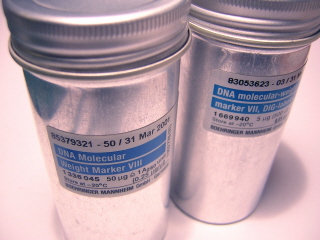 How many founding Asian groups braved their way across the Bering land bridge during those frigid Pleistocene ice ages? Was it a single wave of people who later developed into the three distinct linguistic and cultural groups that populated the Americas, or were there multiple waves of people each with their own language and culture? Or was it some mix of the two? The issue has been and continues to be a topic of debate.
How many founding Asian groups braved their way across the Bering land bridge during those frigid Pleistocene ice ages? Was it a single wave of people who later developed into the three distinct linguistic and cultural groups that populated the Americas, or were there multiple waves of people each with their own language and culture? Or was it some mix of the two? The issue has been and continues to be a topic of debate.
Linguistic studies of the Na-dene, Aleut-Eskimo, and Amerind language groups suggested that there were three waves across the land bridge, one for each language group. Recent genetic research, however, has suggested that there was only a single wave of founding groups into the Americas. (Read a free online review here).
Let’s assume, for the moment, that there was only a single wave of migration into the Americas over the Bering land bridge. The next obvious question might be, who was in that group? Like the previous question, this one can also be addressed with recent advances in genetic research, particularly the use of mitochondrial DNA. The current dogma (which in your opinion may or may not be struck down by today’s article) is that there were 5 founding haplogroups – A, B, C, D, and X. Indeed, the vast majority of Native Americans tested in modern times as well as ALL previous ancient remains have belonged to one of those five haplogroups.
A new study from a group of American and Canadian anthropologists has revealed the existence of sixth founding haplogroup in prehistoric Native Americans. DNA was extracted from the remains of two individuals found together in central British Columbia dated at 4950 +/- 170 years old and the haplogroup was analyzed through sequencing. Both individuals belonged to haplogroup M with the mutations 16093, 16213, and 16223. This is the first time that haplogroup M has been detected in Native American samples, either modern or prehistoric. Importantly, haplogroup M is found in Siberia, the source of the Native American’s ancestors.
What impact does this have on Native American studies? Together this study and another, discussed recently here on this blog, suggest that more than five haplogroups settled the Americas, and within each haplogroup there may have been more than a single haplotype. This could significantly reduce many of the estimates for the timing of the peopling of the Americas.
 How many founding Asian groups braved their way across the Bering land bridge during those frigid Pleistocene ice ages? Was it a single wave of people who later developed into the three distinct linguistic and cultural groups that populated the
How many founding Asian groups braved their way across the Bering land bridge during those frigid Pleistocene ice ages? Was it a single wave of people who later developed into the three distinct linguistic and cultural groups that populated the
4 Responses
Comments are closed.